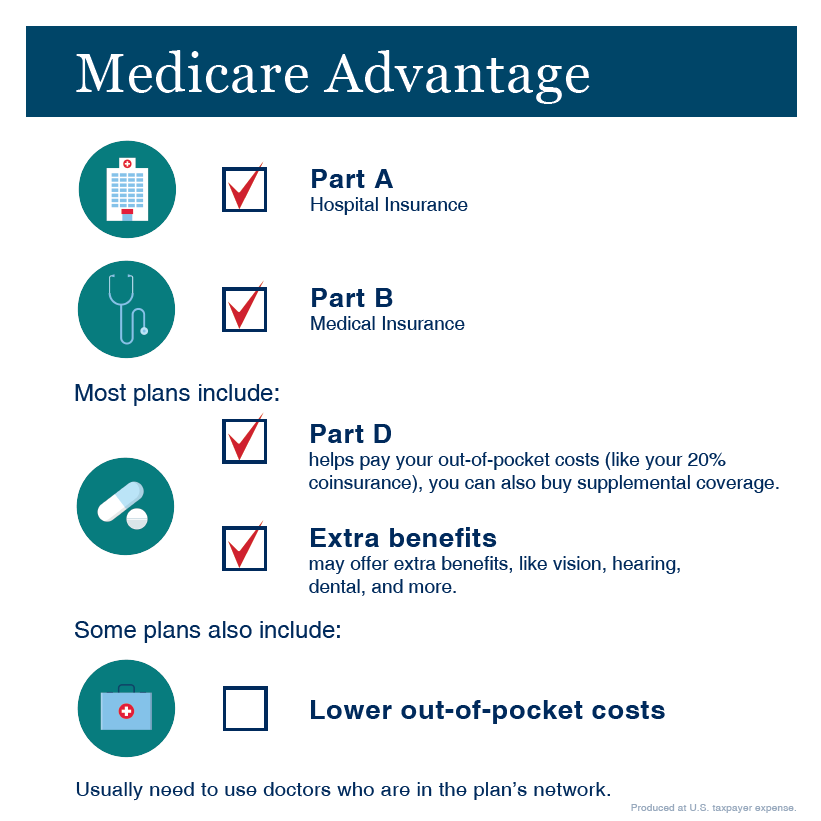The 8-Second Trick For Medicare Advantage Agent
The 8-Second Trick For Medicare Advantage Agent
Blog Article
The Ultimate Guide To Medicare Advantage Agent
Table of ContentsThe Of Medicare Advantage AgentThe Facts About Medicare Advantage Agent UncoveredRumored Buzz on Medicare Advantage Agent

complies with from perplexing the fairly young age account of the without insurance with the far better wellness, on standard, of younger persons. This covers the link in between health and wellness condition and health insurance. For those without access to office medical insurance, bad wellness is a potential obstacle to buying nongroup protection due to the fact that such insurance coverage may be extremely valued, leave out pre-existing conditions, or be just inaccessible. The variety of uninsured Americans is not specifically large and has not changed in recent times. 7 out of ten respondents in a country wide representative study believed that fewer Americans lacked wellness insurance policy than actually do(Fronstin, 1998). About fifty percent(47 percent )believed that the number of people without medical insurance lowered or continued to be consistent over the latter half of the last years(Blendon et al., 1999). This drop of virtually 2 million in the variety of individuals 'without insurance coverage (a reduction
of about 4 percent)is absolutely a favorable modification. With a softer economy in 2000 the latest reported gains in insurance policy coverage might not proceed(Fronstin, 2001 ). The decrease in the number of without insurance will not continue if the economic climate stays slow and healthcare costs remain to exceed inflation. This is because the information were accumulated for a duration of solid financial efficiency. Of the approximated 42 million individuals that were uninsured, just about about 420,000(concerning 1 percent)were under 65 years old, the age at which most Americans become eligible for Medicare; 32 million were grownups in between ages 18 and 65, about 19 percent of all grownups in this age; and 10 million were youngsters under 18 years of age, regarding 13.9 percent of all youngsters (Mills, 2000). These price quotes of the variety of individuals uninsured are created from the yearly March Supplement to the Existing Populace Study (CPS), carried out by the Demographics Bureau. Unless otherwise kept in mind, national estimates of people without medical insurance and proportions of the populace with different kinds of insurance coverage are based upon the CPS, one of the most widely used resource of quotes of insurance policy coverage and uninsurance rates. These surveys and the quotes they produce are explained briefly in Table B. 1 in Appendix B - Medicare Advantage Agent. These surveys differ in size and tasting approaches, the concerns that are inquired about insurance policy
Unknown Facts About Medicare Advantage Agent
insurance coverage, and the time duration over which insurance policy coverage or uninsurance is measured(Lewis et al., 1998, Fronstin, 2000a ). Still, the CPS is particularly beneficial because it produces annual estimates relatively promptly, reporting the previous year's insurance policy coverage estimates each September, and because it is the basis for a consistent set of quotes for even more than two decades, enabling analysis of patterns in coverage in time.

Medicare Advantage Agent Fundamentals Explained
Over a three-year period starting early in 1993, 72 million people, 29 percent of the united state population, lacked protection for at the very least one month. Within a solitary year(1994), 53 million people experienced at the very least a month without protection(Bennefield, 1998a). 6 out of every ten without insurance grownups are themselves used. Working does enhance the likelihood that one and one's family participants will have insurance coverage, it is not a warranty. Even members of households with 2 full-time wage earners have nearly a one-in-ten opportunity of being uninsured (9.1 percent uninsured price)(Hoffman and Pohl, 2000 ). The partnership between health and wellness insurance policy and accessibility to care is well developed, as documented later in this chapter. Although the partnership in between health and wellness insurance coverage and health outcomes is neither straight neither simple, a substantial professional and health services research literature links medical insurance protection
to enhanced accessibility to care, much better top quality, and boosted individual and populace wellness standing. For instance, the second report, on individual wellness results for uninsured adults, is stood for by the inner circle of the number, while the third report, on family members health, incorporates the subjects of the second record however emphasizes a various system of analysis, particularly, the household. The sixth record in the series will certainly provide information concerning approaches and efforts embarked on locally, statewide, or across the country to attend to the lack of insurance and its adverse influences. Levels of evaluation for taking a look at why not check here the impacts of uninsurance. This discussion of health insurance policy coverage concentrates primarily on the united state population under age 65 because basically all Americans 65 and older have Medicare or various other public coverage.
Moreover, it focuses especially on those with no medical insurance for any length of time. The troubles dealt with by the underinsured are in some respects similar to those encountered by the uninsured, although they are generally much less serious. Uninsurance and underinsurance, however, involve distinctly different plan concerns, and the methods for addressing them might vary. Throughout this research study and the five reports to adhere to, the major emphasis is on individuals without health and wellness insurance policy and therefore no support in spending for healthcare beyond what is offered with charity and safeguard organizations. Wellness insurance coverage is a powerful factor influencing receipt of treatment since both clients and physicians reply to the out-of-pocket price of solutions. Medical insurance, nevertheless, is neither required neither sufficient to access to clinical services. Nonetheless, the independent and direct impact of wellness
insurance policy coverage on access to wellness services is well developed. Others will get the healthcare they need even without medical insurance, by spending for it expense or seeking it from suppliers who use treatment totally free or at very subsidized rates. For still others, health and wellness insurance alone does not make sure invoice of care due to various other nonfinancial barriers, such as a lack of healthcare service providers in their neighborhood, minimal access to transportation, illiteracy, or etymological and social distinctions. Formal research regarding without insurance populaces in the USA dates to the late 1920s and early 1930s when the Committee on the Expense of Treatment generated a collection of reports regarding financing medical professional workplace visits and hospitalizations. This problem ended up being significant as the varieties of clinically indigent climbed up during the Great Depression. Empirical researches regularly sustain the web link in between accessibility to care and click now improved health and wellness results(Bindman et al., 1995; Starfield, 1995 ). Having a routine resource of treatment can be taken into consideration a forecaster of access, rather than a direct procedure of it, when wellness end results are themselves used as access indications. This expansion of the idea of gain access to dimension was made by the IOM Board on Monitoring Accessibility to Personal Wellness Treatment Solutions(Millman, 1993, p. Whether or not parents are guaranteed shows up to impact whether or not their children obtain treatment in addition to just how much careeven if the children themselves have insurance coverage(Hanson, 1998). The wellness of parents can affect their capability to care for their youngsters and the level of family tension. Bothering with their youngsters's access to care is itself a resource of tension for parents. 3 chapters follow in this record. Chapter 2 gives a review of how employment-based health insurance, public programs and specific insurance coverage policies operate and interact to give substantial but insufficient protection of the united state population. This consists of an evaluation of historical patterns and public policies impacting both public and private insurance coverage, a discussion of the interactions amongst the different sorts of insurance coverage, and an evaluation of why individuals move from one program to another or wind up

Report this page